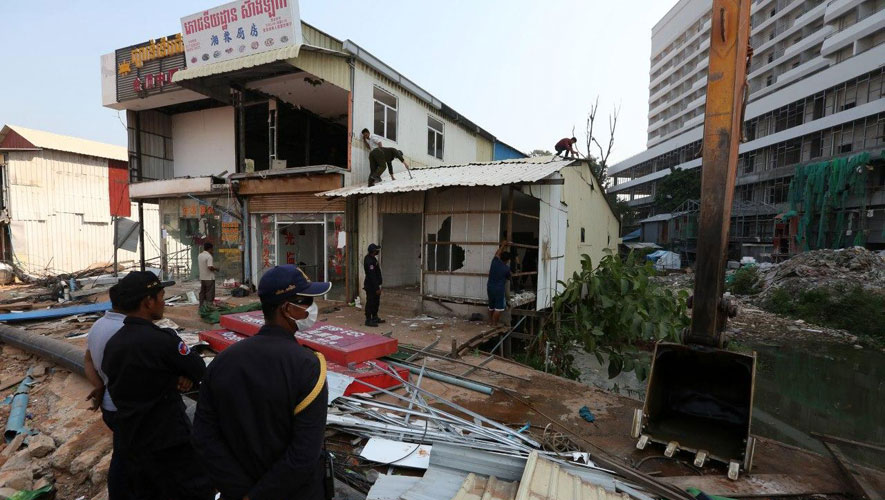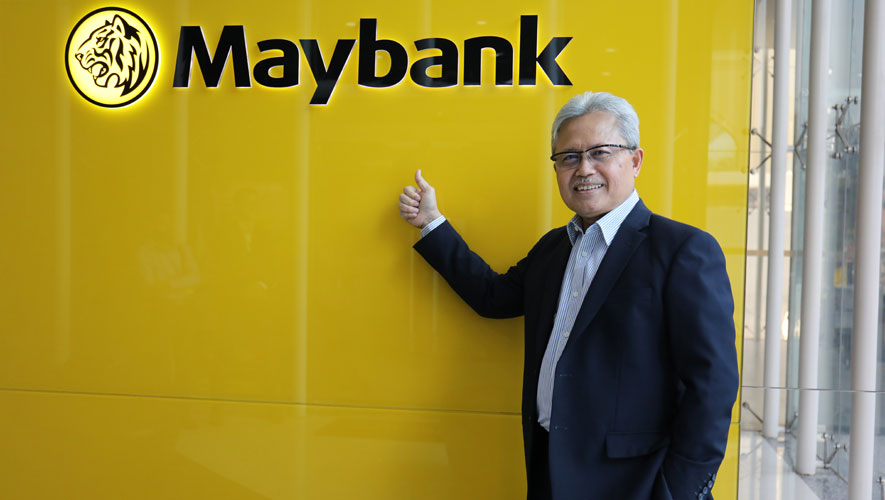The coastal city Sihanoukville have been under scrutiny for years and critics have never stopped. From spiking crime rates to collapsing constructions and unlawful construction with shoddy infrastructure, Sihanoukville transformed into the mayhem it is now from what used to be a sleepy coastal town.
For the latest Cambodian Business news, visit Khmer Times Business
Coupled with bad governance and an online gaming ban, Sihanoukville’s market saw a disruption and its fate took a worst turn last year.
The question that remains now is what is next for the residents and developers who have invested millions into the city as they ponder whether more consideration will be taken to transform the town for a better future.
Hospitality consulting firm C9 Hotelworks has released a tourism and property market update that showcases a more positive forward outlook for the coastal city, with a view to not surrendering to neglect an aesthetic dystopia.
With the Sihanoukville International Airport undergoing an extension of the runway to serve larger aircrafts could bring in more tourists into the city as well.
Sihanoukville airport has direct connections to four countries, serving 27 destinations and 22 cities in mainland China.
As of October 2019, the city’s main gateway Sihanoukville international Airport hosted 602,755 passenger arrivals, which is a 266 percent year-on-year growth compared with the same period in 2018.
Because of the arrivals, land values, rents and condominium sale prices have skyrocketed during a three-year period from surging demand and massive development of the city.
According to Bill Barnett, managing director of C9 Hotelworks, prior to 2016, only limited domestic and charter flights served Sihanoukville airport. The emerging market has drawn attention from various industrial segments especially the gambling sector and brought hundreds of thousands of mainland Chinese workers and investors to the city.
“Without a doubt, the Cambodian ban of online gambling, driven by the Chinese government, has hit the tourism and real estate sector hard. Yet ongoing construction of public infrastructure and development of the Sihanoukville Special Economic Zone (SSEZ) will likely contribute to stabilising development in the medium to long term,” says Barnett.
Barnett also urges authorities to work on better infrastructure as well as to address the fact that domestic leisure and overseas non-China tourism is not just a one-trick money source.
Mid-2019 saw a fatal collapse of a building in the city that killed at least 28 construction workers and injured 26 others.
Construction standards were questioned as concerns among locals increased which eventually led to a special commission that was set up by the government to examine all ongoing constructions.
Five construction sites were found to have been built without a licence.
The World Bank has also drawn focus on Sihanoukville. In the second half of 2018 it described the development in the city operated on a “build first, license later” operation.
The managing director also highlights that the city faces a number of other issues, with infrastructure being the biggest one.
“The roads are a mess and the use of containers between the capital city, Phnom Penh, and the seaport in Sihanoukville does further damage. While an expressway is planned, the logistics are huge and need to be addressed,” says Barnett.
Vongsey Vissoth, permanent secretary of state of the Ministry of Economy and Finance stated that his department is aware of the issues plaguing Sihanoukville however he believed it can be remedied. He points to the real estate bubble in which the city has become entrapped as constructions rose too quickly.
“Therefore an after-effect from the online gaming ban has resulted in a drop in construction as well,” he pointed out.
The Sihanoukville property and tourism market is expected to be affected harder this year by the Novel Coronavirus outbreak that will hit the city as a secondary impact, according to Barnett.
Following a report from the State Secretariat of Civil Aviation, more than 3,000 Chinese nationals from Wuhan had flown into the city. A 60-year old Chinese national in Sihanoukville was the first to be detected with the virus in the Kingdom.
It was reported that supermarkets, restaurants and several Chinese-owned casinos have been closed over fears of the virus outbreak.
The ministry is currently preparing a master plan for the development of Sihanoukville to be a special economic zone, very much like Shenzhen, Shanghai Port and Guangzhou in China. This means specific importers and exporters can avoid bureaucratic delays and enjoy zero or reduced tariffs.
“if we want to transform the city to be a model such as Shenzhen city in China, it should lean towards becoming an industrial city that will focus on services and technology,” says the Secretary of State to the Ministry of Economy and Finance.
Shenzhen city was established as China’s first economic zone in 1980. It is a major sub-provincial city located on the east bank of the Pearl River estuary on the central coast of southern Guangdong province. It forms part of the Pearl River Delta megalopolis, bordering Hong Kong across the Sham Chun River to the south, Huizhou to the northeast and Dongguan to the northwest, and shares maritime boundaries with Guangzhou, Zhongshan and Zhuhai to the west and southwest across the estuary.
The city, once a small fishing port, experienced rapid foreign investment following the then mainland Chinese leader Deng Xiaoping’s institution of the policy of “reform and opening-up” in 1979. The city is a leading global technology hub, known as China’s Silicon Valley. It was one of the fastest-growing cities in the world in the 1990s and the 2000s.
Shenzhen’s registered population as of 2017 was estimated at 12,905,000. However, local police and authorities estimate the actual population to be about 20 million, because of large populations of short-term residents, unregistered nomadic migrants, part-time residents, commuters, visitors, as well as other temporary residents.
Shenzhen hosts the Shenzhen Stock Exchange as well as the headquarters of numerous multinational companies such as JXD, Vanke, Hytera, CIMC, SF Express, Shenzhen Airlines, Nepstar, Hasee, Ping An Bank, Ping An Insurance, China Merchants Bank, Tencent, ZTE, Huawei, DJI and BYD. Shenzhen ranks 14th in the 2019 Global Financial Centres Index. It has the third busiest container port in the world.
While no one is suggesting Sihanoukville could or should attempt to match Shenzhen’s extraordinaryeconomic growth, the master plan is said to be near completion to bring about cohesive and comprehensive beneficial change.
The ministry has hired experts to help in preparing the masterplan as the government plans to transform the city into a multipurpose metropolis that holds the potential to manufacture finished products without destroying the many areas of outstanding natural beauty.
“We will also connect this province to the regional and global production chain network through Thailand,” Vongsey says.
He further adds that the master plan will serve as a crucial blueprint determining the direction and development of the coastal city.
Upon completion of the master plan, the ministry will go ahead with an integrated investment plan to prepare for the zone, electricity, water supply, infrastructure as well as the drainage system.
“We hope that there will be growth in terms from the industry and technology sector when the city is equipped with good infrastructure and connectivity and technical training skills,” says Vongsey.
The report also highlights that with more than 3,000 hotel keys in Sihanoukville at present, ranging from midscale up to the upper upscale tier, these properties tend to have larger room stock that caters to tourists arriving in large groups.
When asked if Sihanoukville could use another city as a model to follo, Barnett refers to Singapore and its gaming segment. Genting Singapore runs the Resorts World Sentosa gaming complex as part of Singapore’s casino duopoly.
“There are outer island resorts in Sihanoukville and that holds huge potential for more water based tourism,” says Barnett.
He further adds that Sihanoukville is a unique city with a monopoly market following the Little China model from the Belt and Road concept, a global development strategy adopted by the Chinese government in 2013 involving infrastructure development and investments in nearly 70 countries and international organisations in Asia, Europe, and Africa.
China’s President Xi Jinping originally announced the strategy during official visits to Indonesia and Kazakhstan in 2013. “Belt” refers to the overland routes for road and rail transportation, called “the Silk Road Economic Belt”; whereas “road” refers to the sea routes – the 21st Century Maritime Silk Road. The concept has been embraced by many Asian countries, including Cambodia.




